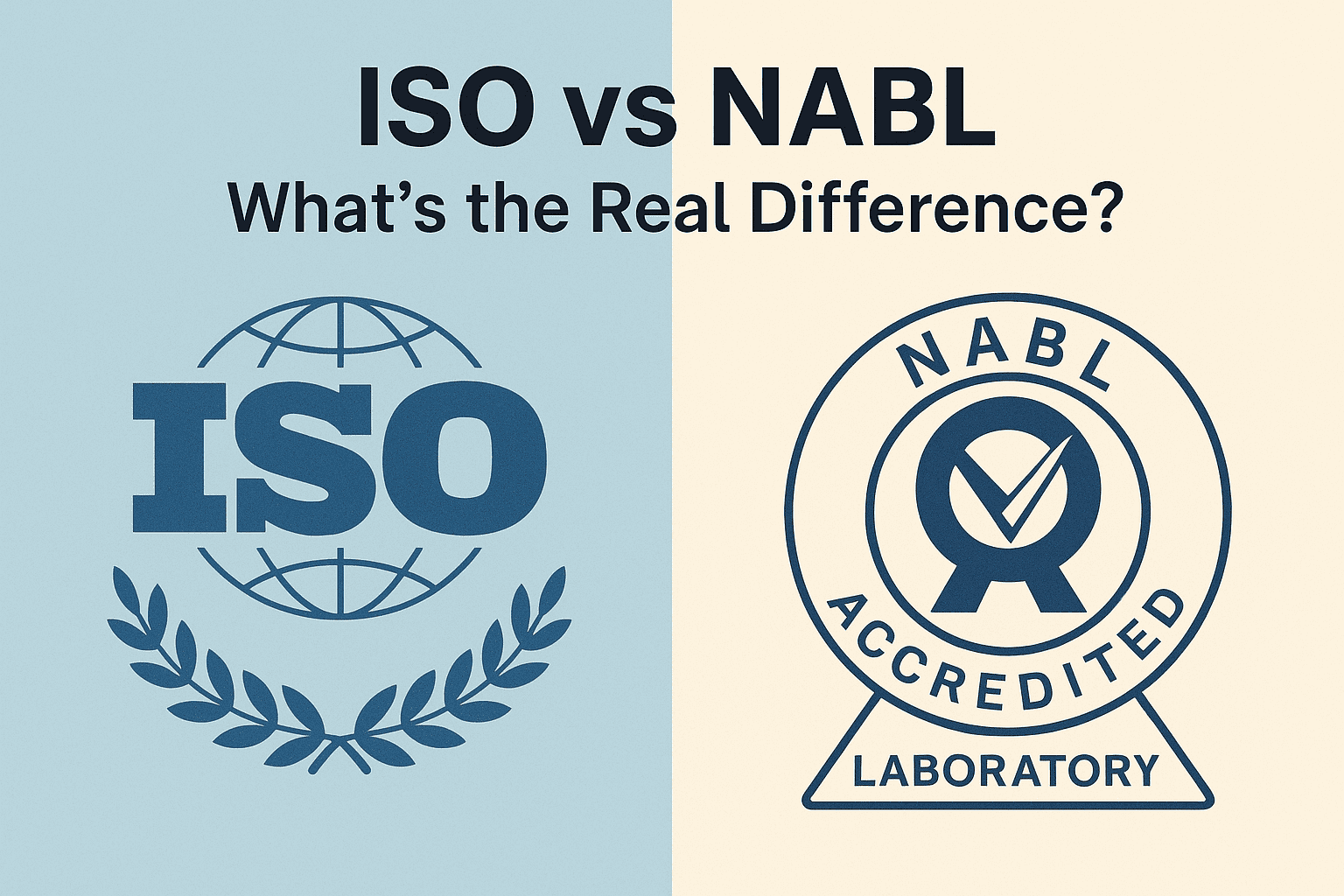Laboratories are dynamic environments that require efficient, adaptable, and durable furniture. Choosing the right type of furniture can significantly impact workflow, safety, and productivity. In recent years, Modular Lab Furniture has gained popularity as an alternative to traditional lab setups. But which is truly better? In this article, we will compare Lab Furniture options, focusing on modular and traditional setups based on key factors such as flexibility, durability, cost, and aesthetics.
Flexibility and Adaptability
One of the primary advantages of Modular Lab Furniture is its flexibility. Modular furniture can be easily rearranged, expanded, or modified according to the evolving needs of the laboratory. This is especially useful in research environments where experiments and requirements frequently change. Components such as adjustable shelves, movable workstations, and interchangeable accessories allow users to customize their workspace.
In contrast, traditional lab furniture is often fixed and designed for specific tasks. Once installed, it is challenging to reconfigure or relocate. This lack of adaptability can be a drawback in labs where research focuses change frequently or where space optimization is necessary.
Durability and Maintenance
Both modular and traditional lab furniture can be made from high-quality, durable materials like stainless steel, epoxy resin, or phenolic resin. However, modular furniture often incorporates lightweight yet strong materials to facilitate movement and reconfiguration.
Traditional lab furniture is usually built into the laboratory structure, making it more robust and stable. This permanent nature makes it ideal for settings where heavy equipment remains stationary. On the other hand, modular systems may require more maintenance due to their movable components.
Cost and Investment
Initial costs for modular lab furniture are often higher than traditional setups due to their versatile designs and high-quality materials. However, the long-term benefits, such as reduced renovation costs and the ability to repurpose furniture, can offset these expenses.
Traditional lab furniture typically has a lower upfront cost but lacks the flexibility to accommodate changes. As a result, upgrading or modifying traditional setups can be costly and time-consuming.
Use of Place and Design
Modern labs often focus on aesthetics and efficient use of space. Modular lab furniture excels in this area, offering sleek, contemporary designs that can enhance the overall look and feel of the laboratory. Additionally, modular setups often allow for better space management since components can be rearranged to maximize the available area.
Traditional lab furniture, while often more substantial and sturdy, may not offer the same visual appeal or space-saving capabilities. It tends to have a more rigid and industrial appearance, which may not align with modern laboratory aesthetics.
Which Is Better?
The decision between modular and traditional lab furniture ultimately depends on the specific needs of the laboratory. If flexibility, modern aesthetics, and long-term adaptability are priorities, modular furniture is the clear winner. On the other hand, for laboratories requiring fixed, robust setups, traditional furniture may be more suitable.
In conclusion, while both types of lab furniture have their merits, Modular Laboratory Furniture offers distinct advantages in environments where change and customization are essential. Traditional lab furniture, however, remains a reliable choice for settings with stable, long-term needs. By carefully considering factors like flexibility, durability, cost, and aesthetics, Laboratory Furniture choices can be made that best suit operational requirements.



